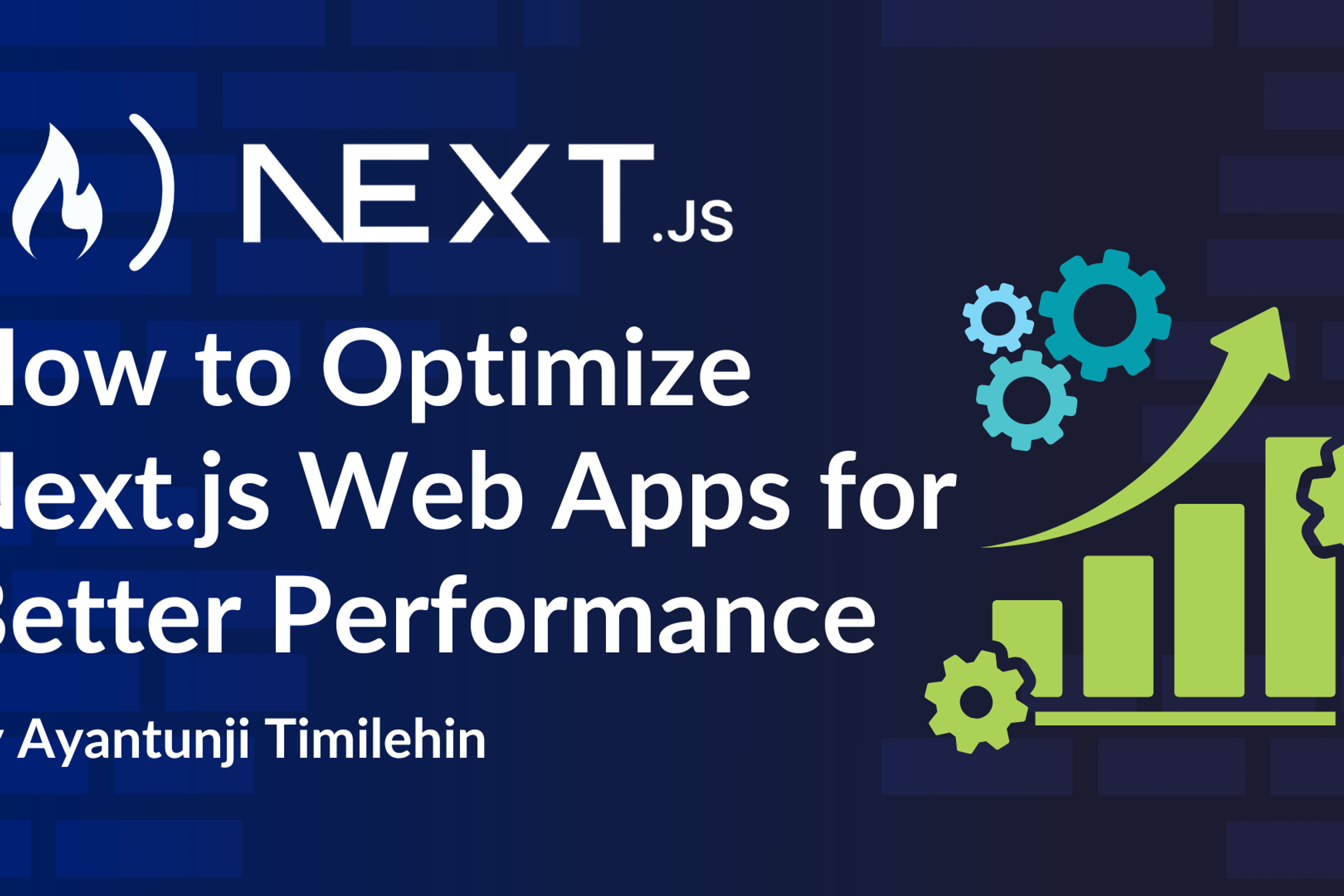Friday, January 10, 2025
How to Optimize Next.js Web Apps for Better Performance

As engineers, we often get so carried away with other aspects of development that we overlook how users perceive and interact with our applications. This oversight can result in users leaving the app almost as soon as they arrive, leading to higher bounce rates and minimal engagement.
At its core, every business thrives on delivering value to its users. When users are unable to access this value due to poor performance, it ultimately impacts the business's success. Slow load times, among other factors, frustrate users and drive them away before they even get a chance to engage.
Optimizing performance is more than just a technical detail – it’s also a critical part of creating a successful application. Without it, even the best features can go unnoticed if users don’t stick around long enough to see them.
In this article, we’ll explore key approaches to optimize your Next.js application, making it faster and more efficient.
Building a Performant Application
Making your apps more performant means striking the right balance between speed, responsiveness, and efficient use of resources. You should strive to create an application that delivers value and keeps users satisfied.
Building a performant app is about making sure the app feels smooth and intuitive so that there are no frustrating lags when a user clicks buttons, scrolls, or navigates around. You’ll also want to make sure that data loads or updates without unnecessary delays.
How to Optimize Your Applications
The first step in optimizing your application is identifying problem areas. A number of tools and packages can help you analyze your application's performance effectively. Here's how you can use them:
Using npm run build
When you run npm run build, Next.js creates a production-ready version of your application and gives a detailed breakdown of your pages. This includes:
- Size: The size of the JavaScript files for each route. Highlighting any routes that are too large and could slow things down. Smaller page sizes generally result in faster load times while large pages might take longer to download, especially for users with slower network connections.
- First Load Js: This column provides information about the total amount of JavaScript the browser needs to download and execute to fully render the page for the first time. Large First Load JS valuescause Slower Time-to-Interactive (TTI).
Comments
You may also like

11 Free Must-Know Websites for Every Developer

Friday, January 10, 2025

5 ReactJs Projects to Become a Better Developer

Friday, January 10, 2025

Writing Is the Best Skill to Make Money in 2025
